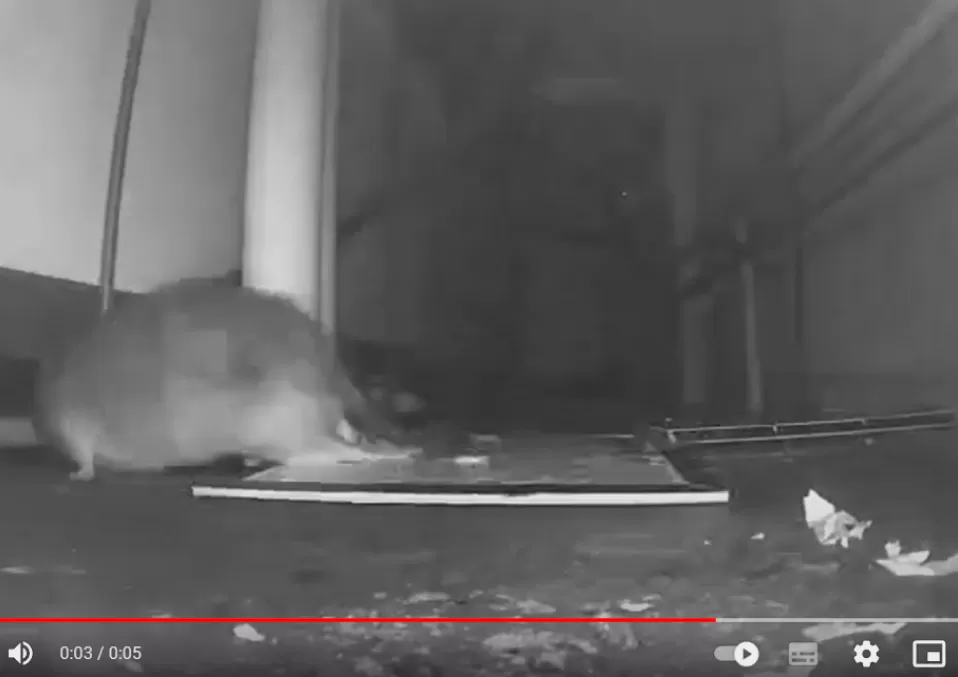Effective Rat & Rodent Control Services for Rat Infestation in Singapore
Rats are a health risk because their urine and droppings, and fleas on their bodies can spread infections. They not only contaminate food, but they also nibble at infrastructure, causing damage. Rats flourish in areas with plenty of food, water, and shelter. Poorly maintained bin centres and garbage chutes, open or overflowing bulk bins, uncleared stray animal feeding, inappropriate food waste disposal, and poor housekeeping create ideal circumstances for rats to feed and nest in urban areas like Singapore. For effective rat control in Singapore, our rodent control company specializes in handling rat infestations and providing comprehensive solutions to eliminate these health risks.
Rodent control is critical in the prevention of rat-borne infections. If you believe that your property has symptoms of rat activity, you should call a professional pest control company right enough to prevent an infestation from spreading. Aardwolf Pestkare pest control experts give vital tactics and cutting-edge technologies to keep rats out of your building. Aardwolf Pestkare provides a comprehensive range of 24/7 remote monitoring solutions for total control and protection against rats and eradicating the source of the infestation, harborage places, and food sources.
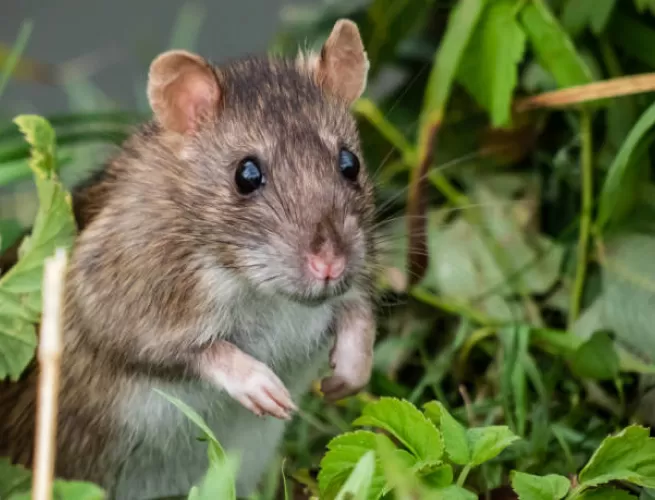

Identifying Rats and Mice
We use the term ‘rodent’ or ‘rodents’ in the pest management sector to refer to mice and rats. However, rodents are becoming a growing problem in Singapore due to the city’s dense population and the amount of food and shelter available.
Let’s look at the biology and behavior of some of Singapore’s most common rat and mouse species.
There are 4 main species of commensal rodents in Singapore:
- Norway Rat (Rattus norvegicus)
- Roof Rat (Rattus rattus diardii)
- Polynesian Rat (Rattus exulans)
- House Mouse (Mus musculus)
Norway Rat
The Norway rat (Rattus norvegicus) is a worldwide species of common rat known as the brown rat, common rat, street rat, sewer rat, wharf rat, Hanover rat, Norwegian rat, and Parisian rat. It is a brown or grey mouse with a head and body length of up to 28 cm and a tail somewhat shorter than that. It is one of the biggest muroids. It is between 140 and 500 g in weight. With a few exceptions, the brown rat exists everywhere humans do, especially in cities.
They reside in underground tunnels and frequently seek food supplies in houses, restaurants, shopping malls, and commercial structures to procreate.
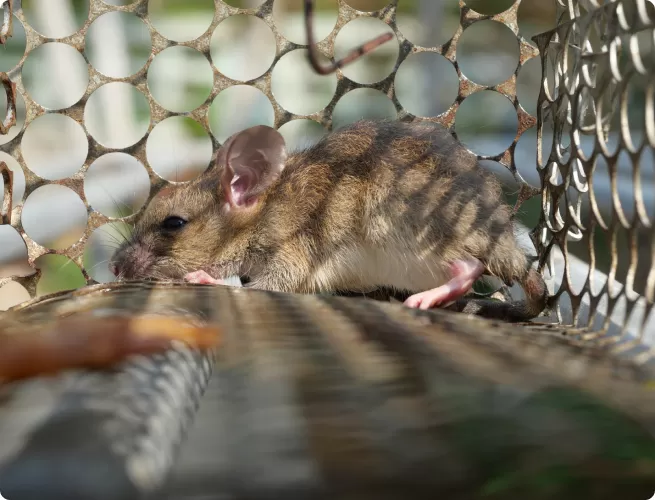
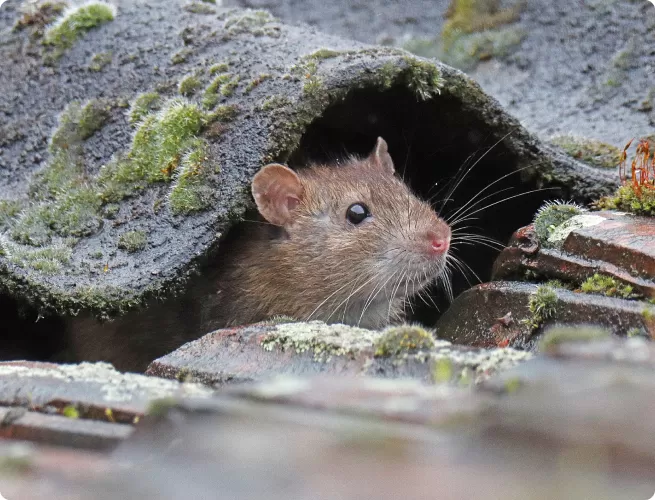
Roof Rat
Roof rats are sometimes known as ship rats or black rats. The roof rat derives its name from the fact that it prefers to live on the higher floors of buildings. Roof rats not only nibble through materials but also contaminate stored food and serve as carriers for hazardous diseases once inside. Roof rats are scaly rodents with huge eyes and ears, a pointed nose, and a long, thin body. Roof rats have silky, smooth hair that is usually brown with black dots interspersed. Their underbelly is usually white, grey, or black.
When the head and body lengths of adult roof rats are added together, they measure 16-20 cm. Their tails, which measure 19-25 cm, are significantly longer than their heads and bodies. Roof rats may grow to be more than 40 centimetres in length. They average 150-250 g in weight but can reach 340 g.
Polynesian Rat
Rattus exulans, or Polynesian Rats, have a slim body, pointed nose, big ears, and delicate paws. It has a reddish-brown back and a pale belly. From the tip of the nose to the base of the tail, mature Polynesian rats are 11.5 to 15.0 cm long. Between 40 and 80 g is the average weight. The tail is nearly the same length as the head and body combined and has fine, conspicuous, scaly rings. A black outer border on the top side of the hindfoot near the ankle helps to differentiate this rat from other species, while the remainder of the foot is pale.
Like other rodents, they are nocturnal and excellent climbers, typically breeding in trees. Polynesian rats have been recorded taking portions of food back to a safe spot to shell a seed or otherwise prepare particular items when foraging. This keeps them safe from predators as well as rain and other rats. These “husking stations” can be found at the roots, in trunk fissures, and even in the upper branches of trees.
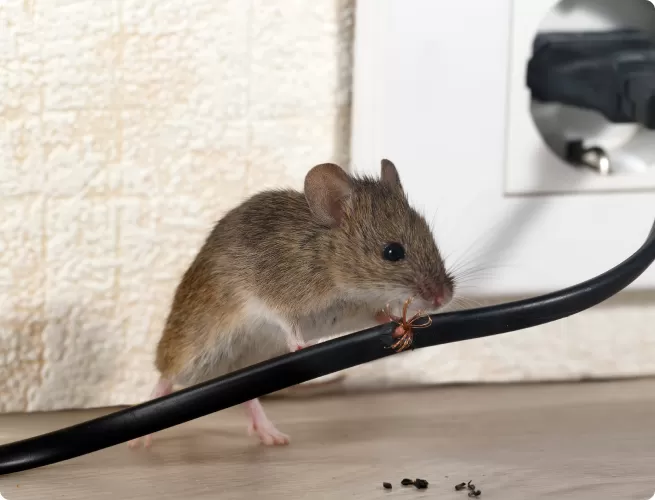
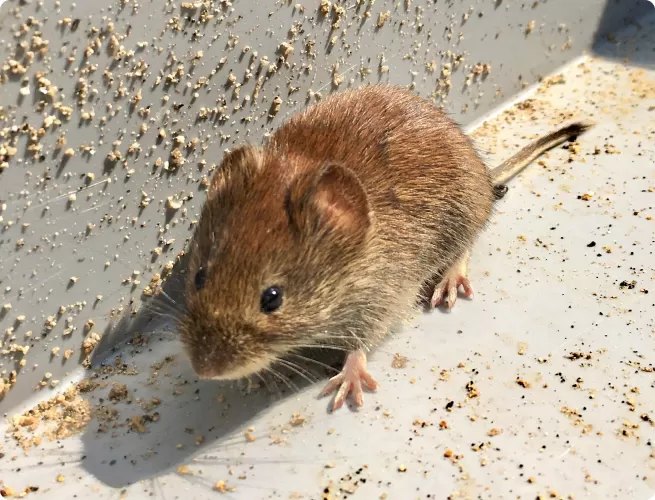
House Mouse
The house mouse is the most frequent commensal rodent. House mice are native to Central Asia, although they may be found all around the world. House mice are not only annoying, but they may also be dangerous to your health and possessions. House mice reproduce swiftly and adapt well to changing environments. A female house mouse can have up to 35 young every year and can give birth to a half-dozen kids every three weeks.
House mice have a dusty gray body with a cream-colored belly. Depending on the mouse’s location, the fur color ranges from light brown to dark gray. The body of a house mouse is spherical and has four legs. Their ears are huge and hairy, and their muzzles are pointed. House mice measure 2.5 to 3.75 inches in length. Their tails range in length from 2.75 to 4 inches.
The house mouse is the most frequent commensal rodent. House mice are native to Central Asia, although they may be found all around the world. House mice are not only annoying, but they may also be dangerous to your health and possessions. House mice reproduce swiftly and adapt well to changing environments. A female house mouse can have up to 35 young every year and can give birth to a half-dozen kids every three weeks.
House mice have a dusty gray body with a cream-colored belly. Depending on the mouse’s location, the fur color ranges from light brown to dark gray. The body of a house mouse is spherical and has four legs. Their ears are huge and hairy, and their muzzles are pointed. House mice measure 2.5 to 3.75 inches in length. Their tails range in length from 2.75 to 4 inches.
Suspect a rat infestation?
Don’t waste time. Now is the time to schedule a treatment with the best mosquito killers in Singapore.

Signs of Rats Infestation
Because rats are mostly active between dark and dawn, symptoms of a rat issue are typically simpler to see than real rodents. By reading the information below, you may quickly learn how to recognize the most critical indications that suggest you may have a rat problem
- Rat Droppings – Rat droppings are dark brown in colour and have a tapered, spindle form, similar to rice grains.
- Bite Marks – To keep their teeth trimmed, rats nibble on wood and plastic.
- Smudges on surfaces caused by grease and grime on their bodies.
- Scratching Noises – Because black rats are adept climbers and are frequently found in lofts, scratching noises may be heard at night.
- Rat holes – Brown rats are recognized for excavating elaborate tunnel networks for refuge, food storage, and nesting.
- Rat shelter – Rat nests are made from shredded materials such as loft insulation, cardboard, and other soft materials.
- Footprints – In dusty, less-used sections of structures, rats leave foot and tail tracks.
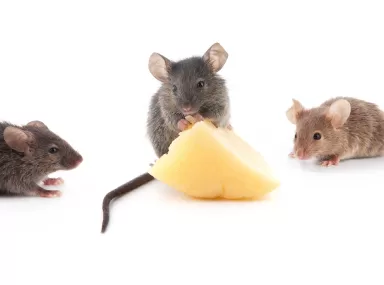
3 Blind Mice
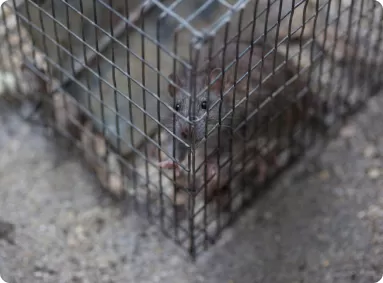
Rat In Gully Trap

Damage Caused By Rat
Tips on Preventing Rats Infestation
Rat infestations are simpler to avoid than to eradicate. Luckily for you, Aardwolf Pestkare is the best rodent control company in Singapore to help you manage rat infestation. Apart from dealing with a current rat infestation, you should concentrate on maintaining your property rat-free.
Natural Rat Repellents
Rats dislike the fragrance of several natural compounds that are supposed to repel them. The following are some of them: Plants (peppermint, lavender, camphor, euphorbias), Essential Oils (peppermint, eucalyptus, citronella, etc.), Ammonia, Mothballs, Crushed Chili and Black Pepper
Remove the food source
Clean up food spills, crumbs, and stains as soon as possible. Food waste should be disposed of in secured containers. Regularly empty garbage cans and dispose of rubbish every night. Avoid keeping trash within your property. Keep your bins out of the way of your doorways. Spills can attract rats, so keep your disposal area and bins clean. Pallets and oil barrels, for example, should be removed. Refrigerate or store your food in sealed containers. Keep your ingredients and veggies off the floor.
Limit their water supply
Any leaky faucets should be repaired. Make sure there are no puddles or standing water in your neighborhood. Repair any household concerns that create moisture (for example, a leaky roof). Place steel screens over any drainage holes to keep pests out.
Eliminate Possible Shelter
Remove any non-food debris, such as boxes, newspapers, and plastic bags. Check for any issues that might allow rats to enter, such as gaps between doors/windows and frames, cracks and fissures, and so on.
Get the Best Rodent Control Company to Abolish Any Rat Infestation in Singapore.
Aardwolf Pestkare - The Solution to all your Pest problem call Aardwolf Pestkare, Offers a Comprehensive Rat Control Solution in Singapore
Pest management should be included in your regular inspections, in addition to the suggestions given above. Professional assistance is required to monitor any indicators of rat activity on your property. We provide a full rat control service at Aardwolf Pestkare, which includes inspection, eradication, monitoring, and reporting.
With the help of digital technology, we will install a wireless mini-video camera that is activated when an intruding rat enters a building, anytime of the day. The activity is then recorded and a message is sent to the Aardwolf Pestkare Technician’s mobile phone. He will immediately attend to the incursion, which can be replayed for viewing.
